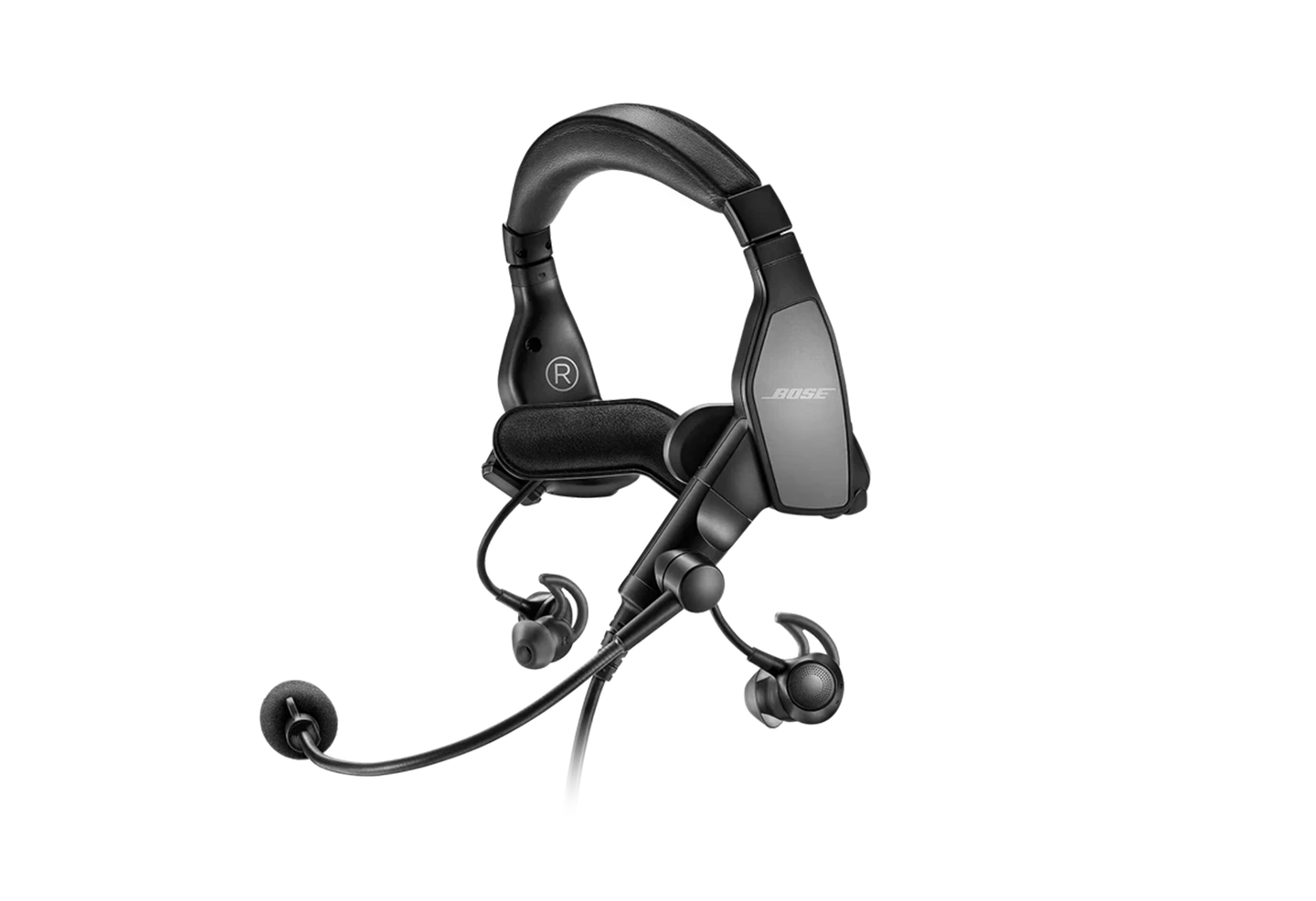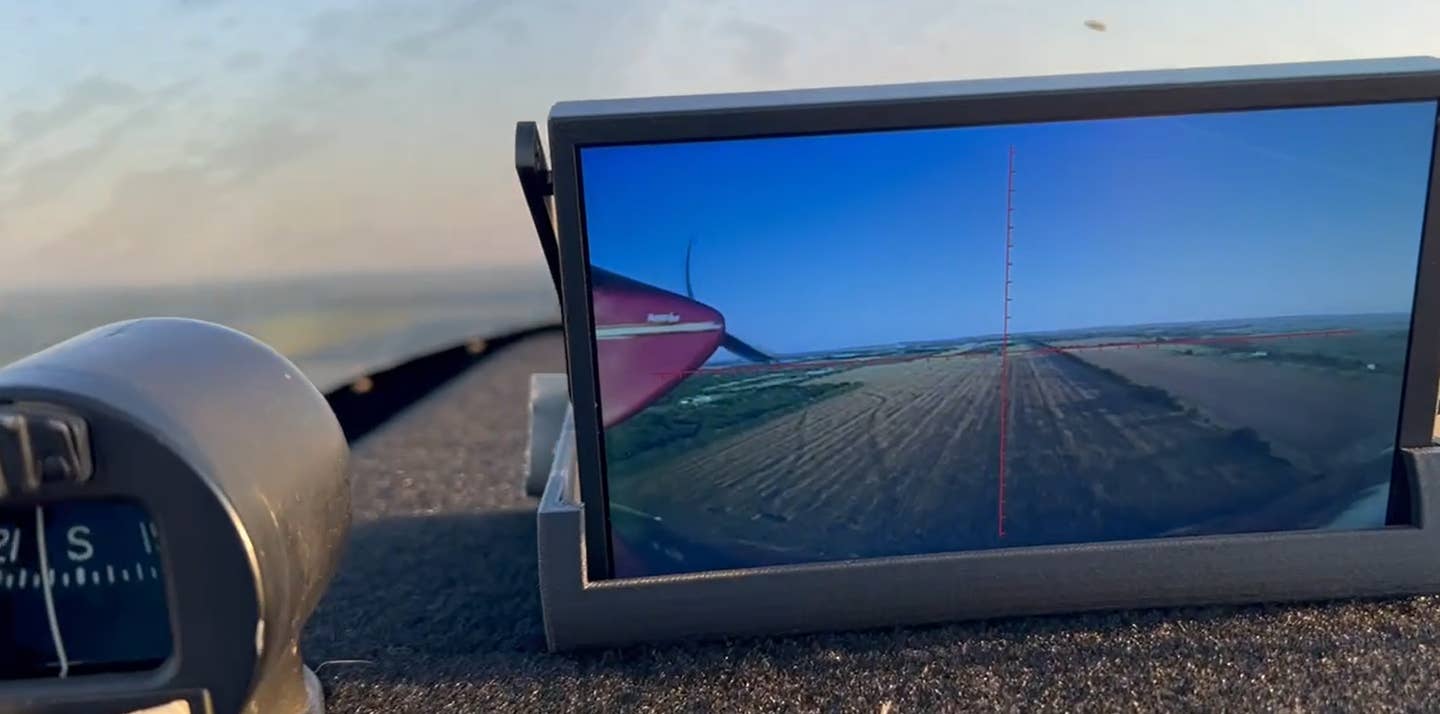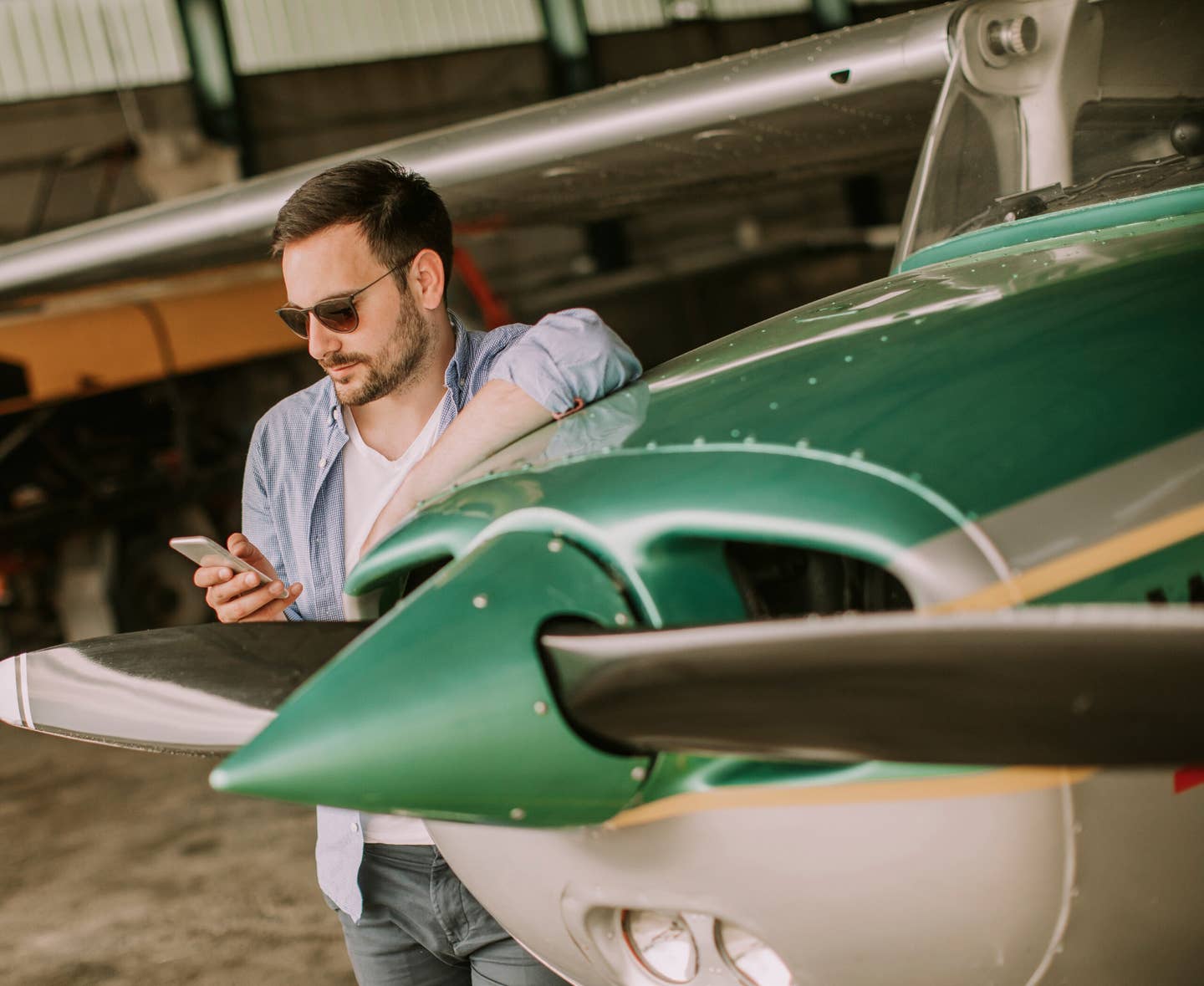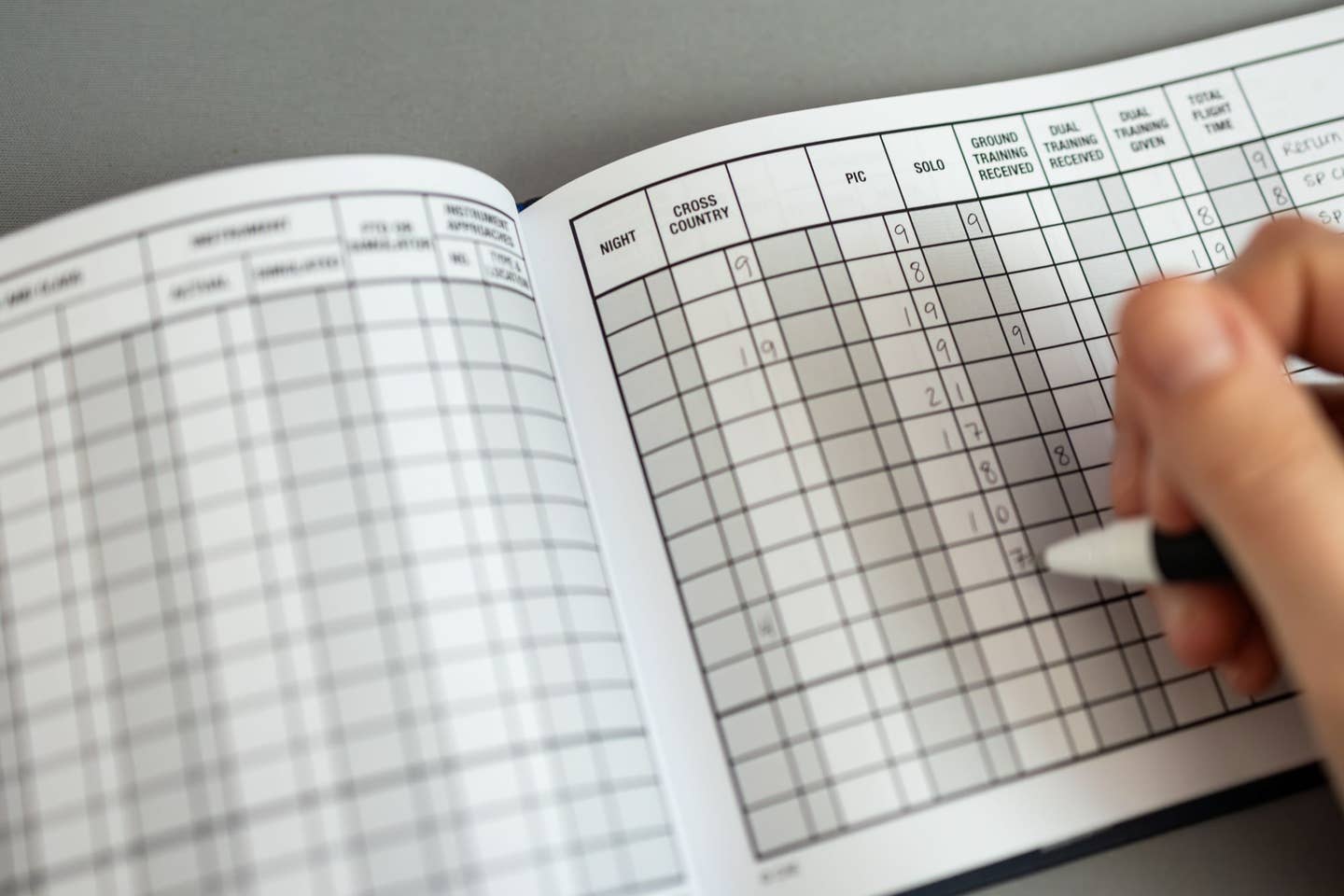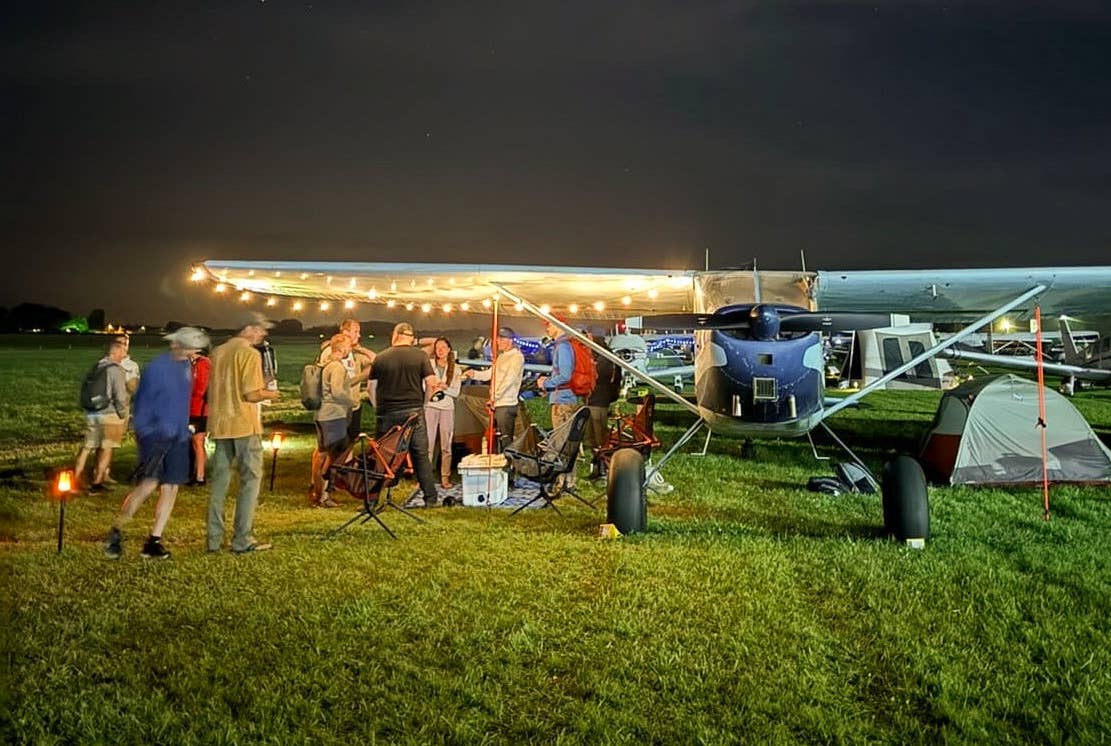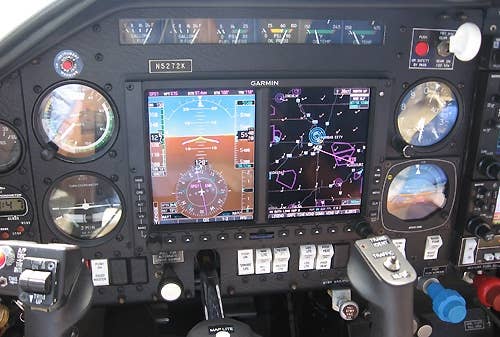
If students aren't sure whether they will end up flying an airplane with glass cockpit technology or not for training, which is better — transitioning to glass, or transitioning to analog instruments?
Marty Blaker is a CFI who, as vice president of avionics course development for King Schools, oversaw the development of its Garmin G1000 training materials. He says:
"All things being equal, there is no significant disadvantage in training on either glass or round dials for any license or rating. However, things are rarely equal, so here are some things to consider:
"Train in the airplane you will fly most often. Proficiency in your airplane translates directly to your safety and comfort on a given flight.
"Consider your costs and purpose for flying. If you fly for fun and will operate on a tight budget, convert your dollars into logbook entries. Use your money to build experience and explore flying, which likely means in an affordable trainer. If you want utility out of your flying, then make an investment in your training to fly the airplane that will meet your mission. ('Mission' here means consistently and reliably getting to your destination in a variety of conditions). Utility could cost more and lengthen your training time, but that's necessary whether you choose a glass or very capable round-dial aircraft.
"There are more self-study materials available for glass than for older avionics. That could translate to a small financial advantage for a transition to a glass cockpit. However, self-study courses do not replace your need to hire a competent CFI until you are proficient in the new airplane.
"Training initially with simple avionics can make for a simpler check ride. A check ride is not a test about avionics. A check ride tests how you use the aircraft to meet the FAA Practical Test Standards. For example, the Private Pilot PTS says an applicant must demonstrate using an electronic navigation device. But if your airplane has ADF, VOR and GPS, any of these three qualify. So that means you'd need to be proficient with all three for your check ride. Bringing an airplane with only the avionics that meet the basic requirements for the check ride limits the scope of what you must demonstrate in order to pass the practical test.
"When you transition to another airplane, there's going to be a learning curve. The differences between the two aircraft determine the gradient of that curve. But either way, there's going to be something new to learn. Keep in mind that the transition is about learning the new airplane, not just the avionics.
"In the end, there's no significant advantage or disadvantage to training in any airplane — provided that you think through your goals and finances first, and then choose the options that'll get you there in the way that you want."
Max Trescott is a Master CFI who's given more than 4,000 hours of dual instruction. He was named the 2008 National CFI of the Year, and he specializes in teaching and writing books and on glass cockpit aircraft (maxtrescott.com). Max says:
"I'm unaware of any controlled study that tested whether it is easier for glass cockpit trained pilots to transition to flying round-gauge airplanes or vice versa.
"The closest data I have came from a former Air Force B-52 Stratofortress instructor. He taught in a simulator for the redundantly named Navigator and Radar Navigator stations, located side by side on the B-52's lower flight deck. He said the digital-trained crews had more difficulty adapting to the analog simulators than the analog-trained crews had adapting to the digital simulators. Yet in a NASA study, 25 students given IFR training in a G1000-equipped Diamond DA40 were given a mock IFR check ride in a round-gauge Cessna, and all passed.
"I believe glass cockpit instruments are easier to interpret, potentially making it more challenging for glass-trained pilots to switch to round-gauge instrument panels. But regardless of the aircraft type in which you choose to train, you'll benefit from a flight or two in the other type during your training.
"While I am an unabashed supporter of teaching primary students in glass cockpits, they're not for everyone. I recommend learning in glass aircraft for people who: o Plan to do most of their flying in glass cockpit aircraft. o Don't plan to fly much in round-gauge aircraft. o Have an interest in technology. o Want to learn to fly in the best of what's available. People may want to learn in round-gauge aircraft if they: o Need to minimize training cost. o Expect to fly only short, 50- to 100-mile trips. o Plan to fly in daytime VFR and not get an instrument rating. o Dislike computers and technology. o Cannot find a glass cockpit aircraft or a knowledgeable glass instructor. "Perhaps more important than aircraft type is choosing an instructor experienced in the aircraft in which you choose to learn. Regardless of your choice, have fun learning to fly!"

Sign-up for newsletters & special offers!
Get the latest FLYING stories & special offers delivered directly to your inbox

